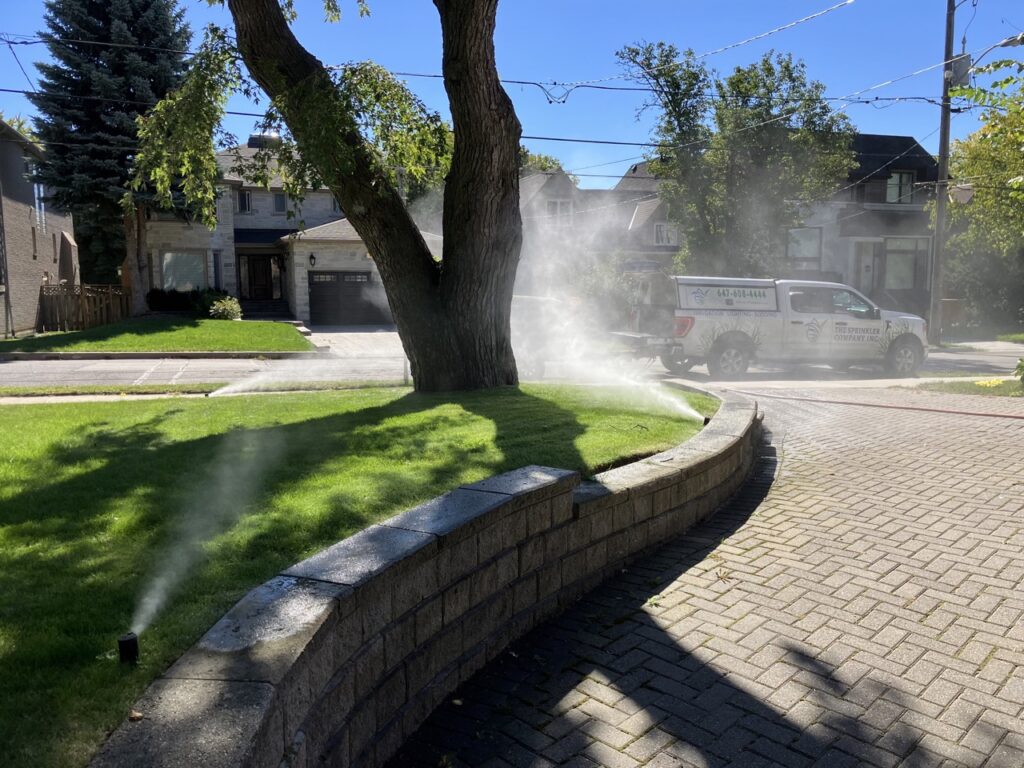





Free Quote & Consultation - Automatic Sprinkler System Installation
Automatic Sprinkler System
How it Works?
An automatic sprinkler system operates on a pre-set schedule, activating at specific times and durations. The system consists of several key components, including:
The control panel serves as the brain of the system, allowing users to program watering schedules, adjust settings, and monitor system performance.
Sprinkler heads are the outlets responsible for releasing water onto the designated areas. They come in various types, such as fixed spray, rotary, and pop-up heads, each designed for specific watering needs.
Pipes carry water from the main supply to the sprinkler heads. Valves control the flow of water and determine which zones receive water during each irrigation cycle.
Some advanced systems incorporate weather sensors that adjust watering schedules based on weather conditions, ensuring optimal water usage and preventing overwatering during rainy periods.
Here’s What You Need to Know About Automatic Sprinkler System Installation Process

5 Steps to Effective Drainage Installation
Measure the area, create a sketch of sprinkler locations, and check water pressure and flow rate.
Purchase PVC pipes, sprinkler heads, and necessary fittings, along with tools like a shovel and pipe cutter.
Dig trenches for the main PVC pipe and lateral pipes that will connect to the sprinkler heads.
Lay the main PVC pipe, connect lateral pipes, and attach sprinkler heads at desired locations.
Turn on the water, check sprinkler functionality, and make necessary adjustments for even water distribution.
